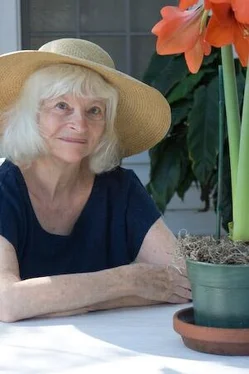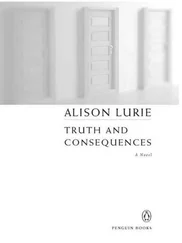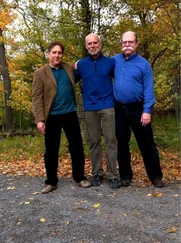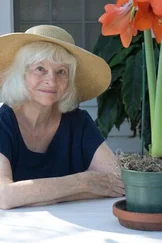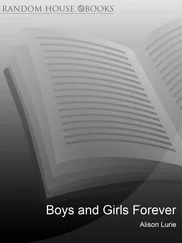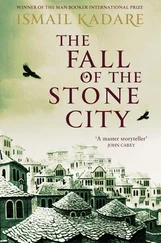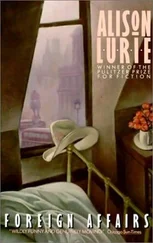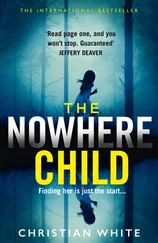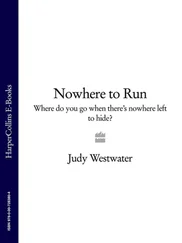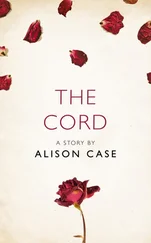“No,” Katherine, or Kay, had said, sitting up in bed, brown now against the sheets except for the pattern of a bathing suit burned on to her body in negative. “I don’t hate you. It’s funny, but you just don’t seem real to me any more, somehow. I just don’t care.”
The airplane taxied down the field to the end of the runway, wheeled round, and hesitated a moment, its engines blasting harder. Then it started forward, lifting heavily into the air. Out of the cabin window Paul saw Los Angeles tilt and sink away from him. As the plane made a circle he saw, in rapid panorama, the bleached green of the Pacific Ocean wrinkled with white waves against the beach; billboards, factories, and palms; block after block of houses; cars speeding like insects along the glittering freeways; the towers of oil wells on the barren hills.
Straightening out of its turn, the jet began to climb. The outlines of the sun grew harder and brighter as they ascended, the sky more brilliant and blue. Looking down, though, Paul saw that the light, bright colors of the city had begun to blur. Layers of yellowish-gray haze thickened under them. Soon he could hardly make out the shapes of buildings and roads.
The plane rose higher into the clear, hard air. Now everything below, between the mountains and the sea, was gone. Los Angeles had disappeared into a bowl of smog.
A Biography of Alison Lurie
Alison Lurie (b. 1926) is a Pulitzer Prize–winning author of fiction and nonfiction. Born in Chicago and raised in White Plains, New York, she grew up in a family of storytellers. Her father was a sociology professor and later the head of a social work agency; her mother was a former journalist. Lurie graduated from Radcliffe College, and in 1969 joined the English department at Cornell University, where she taught courses on children’s literature, among others.
Lurie’s first novel, Love and Friendship (1962), is a story of romance and deception among the faculty of a snowbound New England college. It won favorable reviews and established her as a keen observer of love in academia. Her next novel, The Nowhere City (1965), records the confused adventures of a young New England couple in Los Angeles among Hollywood starlets and Venice Beach hippies. She followed this with Imaginary Friends (1967), which focuses on a group of small-town spiritualists who believe they are in touch with extraterrestrial beings.
Her next novel, Real People (1969), led the New York Times to call her “one of our most talented and intelligent novelists.” The tale unfolds in a famous artists’ colony where much more than writing and painting occurs. Lurie then returned to an academic setting with her bestseller The War Between the Tates (1974), and drew on her own childhood in Only Children (1979). Four years later she published Foreign Affairs , her best-known novel, which traces the erotic entanglements of two American professors in England. It won the Pulitzer Prize in 1985.
The Truth About Lorin Jones (1988) follows a biographer around the United States as she searches for the real, and sometimes shocking, story of a famous woman painter—a character who appears as an eight-year-old in Only Children. The Last Resort (1999) takes place in Key West, Florida, among a group of ill-assorted characters, some of who appear in earlier Lurie novels. Truth and Consequences (2005) returns to an academic setting and plumbs the troubles of a professor with back trouble, his exhausted wife, and two poets—one famous and one not.
Lurie has also published a collection of semi-supernatural stories, Women and Ghosts (1994), and a memoir of the poet James Merrill, Familiar Spirits (2001). Her interest in children’s literature inspired three collections of folktales, including Clever Gretchen (1980), which features little-known stories with strong female heroines. She has published two nonfiction books on children’s literature, as well: Don’t Tell the Grown-ups (1990) and Boys and Girls Forever (2003). In the lavishly illustrated The Language of Clothes (1981), she offers a lighthearted study of the semiotics of dress.
Lurie officially retired from Cornell in 1998, but continues to teach and write. In 2012 she was named to a two-year term as the official New York State Author. She lives in Ithaca, New York, and is married to the writer Edward Hower. She has three grown sons and three grandchildren.

Lurie at age seven.

Lurie at age fourteen, wearing her first long party dress in preparation for dancing school.

Lurie and her dog, Sliver, in the backyard of her family’s home in White Plains, New York, in the summer of 1947. (Photo courtesy of Kroch Library.)

Lurie on the porch of her parents’ home in White Plains, New York, in the early spring of 1947.

Lurie with her husband, Edward Hower, in Key West, Florida, in 2008.

Lurie and Hower.

Lurie in 2009.

Lurie’s three sons, from left to right, John, Jeremy, and Joshua, in October 2011.

Available wherever ebooks are sold


